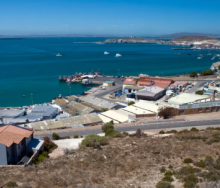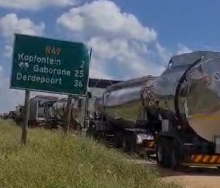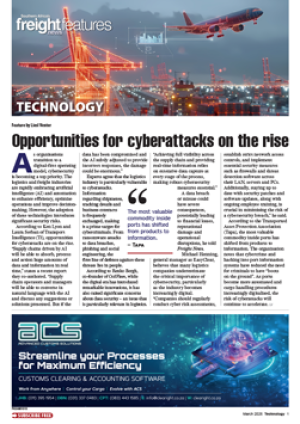Switching to new sourcing locations is one of the primary options companies are choosing to achieve supply chain resilience in the face of geopolitical disruptions like the Ukraine war and Red Sea crisis.
That’s the finding of a new report by Maersk - Discover New Paths to Supply Chain Resilience: How are European businesses responding to disruption? - based on a quantitative survey of a random sample of 2 062 of its European customers.
The report found that one in two were exploring new areas overall, with almost one in three focusing on near-sourcing from locations in Europe – including emerging markets.
Identifying a beneficial sourcing location very much depends on the needs of the individual business, but the building blocks are continuing to be laid for Europe to become a prominent sourcing location for itself, the report points out.
Türkiye has emerged as a key new source, with main European export partners including the UK, Italy, and the Netherlands. However, Germany has emerged as its number-one partner, having developed a particularly strong intra-European trade relationship with the nation.
The country’s exports to Germany totalled over $21 billion in 2023, and according to the Turkish Statistical Institute, road and rail transportation made up approximately one-third of this.
“As networks continue to develop, particularly in the rail space, trade into mainland Europe from Türkiye can be even more effectively facilitated, thus enhancing its appeal as a sourcing location.
“Another location that one in 14 of our survey respondents have considered is Egypt in the north of Africa. Like Türkiye, it has a growing GDP and shares many of the same benefits that make it an attractive proposition for European companies. It also has renowned offerings within textiles and apparel, agriculture, as well as a diverse manufacturing sector,” says Frederik Moeller, intra-Europe market manager for Maersk.
Other notable locations being considered by surveyed respondents include one in 16 Poland, one in 33 Morocco, and one in 50 Romania.
Moeller says the economy is also playing its part in businesses’ considerations of Europe as a sourcing location: “The drive for near- and multi-sourcing strategies is becoming more and more visible, with various examples coming up within the intra-European trade scope.”
He says it’s clear that companies are continuing to lean towards relinquishing some dependence on Asian countries in the wake of black swan events.
The statistics tell the story too, as the intra-European export of goods rose from 2.9 trillion l/c in 2020 to 4.1 trillion in 2023 according to Statista.
“The notion of Europe becoming a sourcing location completely for itself remains a distant idea, but disruptions in recent years have proved the importance of supply chain diversification as a means of boosting resilience.
“Add that to intra-Europe’s growing infrastructure and well-established logistics networks, and it’s clear that there’s a solid foundation for companies to build from. As European companies navigate the challenges of the modern global economy, the strategic utilisation of these key markets could be essential in achieving sustained growth and resilience.”













